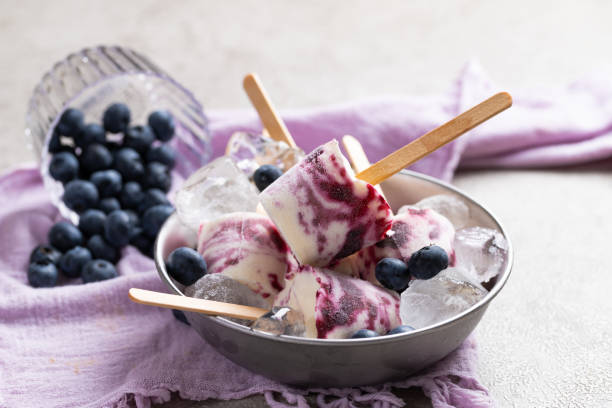Easy Panang Curry Paste

Oh, curry! You never let us down. You never let us down.
This vegan version, which is naturally sweetened, is gluten-free and vegan. It makes a rich, peanutty curry that tastes just like takeout. We’ll show you how to make it!
What is Panang Curry Paste
Panang curry paste provides the main flavoring in the savory-sweet Thai curry panang. The most common ingredients that are used to make this curry include chilies, galangal (ginger), lemongrass, makrut zest, cilantro roots, seeds, garlic, and shallot.
This version isn’t traditional but a vegan twist that uses ingredients more easily available in our area. Find out more about panang paste and a traditional recipe at Hot Thai Kitchen.
How to make Panang Curry Paste
This version starts with dehydrating and rehydrating dried Thai chili peppers. The peppers can be very spicy and make your skin feel hot. Wear gloves, wash your hands thoroughly, and stay away from your face and eyes for a few minutes afterward.
Then, we toast and grind coriander and cumin seeds to bring out the flavor. Please take a minute to enjoy their aroma; there’s no other scent like it.
It’s now time to blend it all up. Zesty ginger and fresh lime replace the makrut lime peel and galangal in traditional recipes. The miso paste may not be traditional, but it is a good substitute for shrimp paste.
Peanut Butter replaces peanuts for a creamy base. Maple Syrup balances out the heat. We kept the classics, like lemongrass and garlic. The only thing left to add is red onion, salt, and oil or water.
Ingredients
1/4 cup dried Thai chili peppers* (~25 small Thai chili peppers)
Whole coriander seeds, 1 1/2 teaspoon
Cumin seeds, whole 1 1/2 tsp
The equivalent of a medium red onion is roughly chopped (1/2 cup, or 80g)
Peanut Butter 1/3 cup
1/4 cup maple syrup
If oil is not available, use water instead.
Learn more about miso by clicking here.
2 Tbsp of lemongrass, roughly chopped (one stalk yields about 2 Tbsp).
Fresh ginger roughly chopped (a 2-inch piece yields about 2 1/2 Tbsp or 20 g).
Two large limes will yield about 4 tsp.
Four large cloves of garlic, peeled
2 tsp of sea salt
Instructions
If you have sensitive hands, it is best to use gloves and thoroughly wash your hands after deseeding. You can find more information in the Notes section below. First, deseed the Thai Chili Peppers by trimming off the stem ends, cutting a lengthwise cut in each pepper, and opening it. Then, using your fingertips, scrape the seeds out. Place the deseeded Thai chili peppers into a heatproof dish and cover it with boiling water. Set aside.
Stir or shake the seeds now and then. Toast them on medium heat for about 4-5 minutes until they are fragrant and slightly darker in color. Please do not burn yourself!
After the seeds have been toasted, please place them in a mortar and pestle to crush. If you do not have a mortar-and-pestle, cool the seeds slightly, place them in a sandwich bag, and discourage them from using a rolling pan or heavy pan. Set aside.
Add the soaked chilies to a blender or small food processor along with the remaining ingredients: onion, peanut butter (or maple syrup), oil/water, miso paste (or ginger, lime zest, and garlic), and the toasted spices.
Blend/mix until a paste is formed, scraping the sides as necessary. It may be difficult at first to grind the lemongrass, but persevere! If necessary, add more oil or water to the mixture.
Add more salt to the dish for an overall flavor boost, add chilies or maple syrup for sweetness and warmth, and adjust the flavor by adding more lime juice for brightness.
Curry paste can be stored in a jar and kept in the fridge for up to ten days. Transfer the paste to an ice-cube tray and freeze. Store in a freezer-safe container for up to 1 month.
This curry paste can be used for curries as well as soups, sauces, and salad dressings.



Leave a Comment